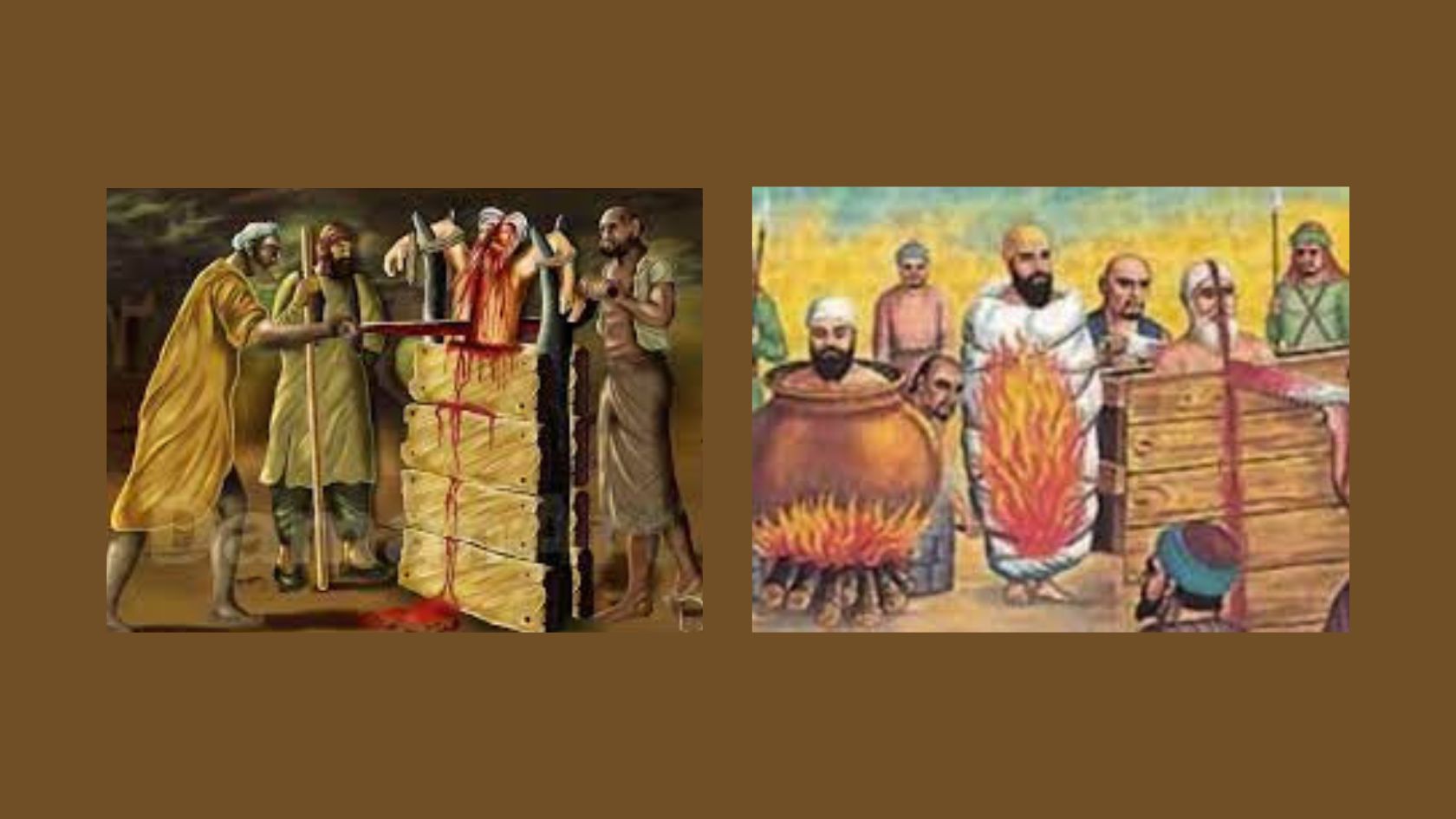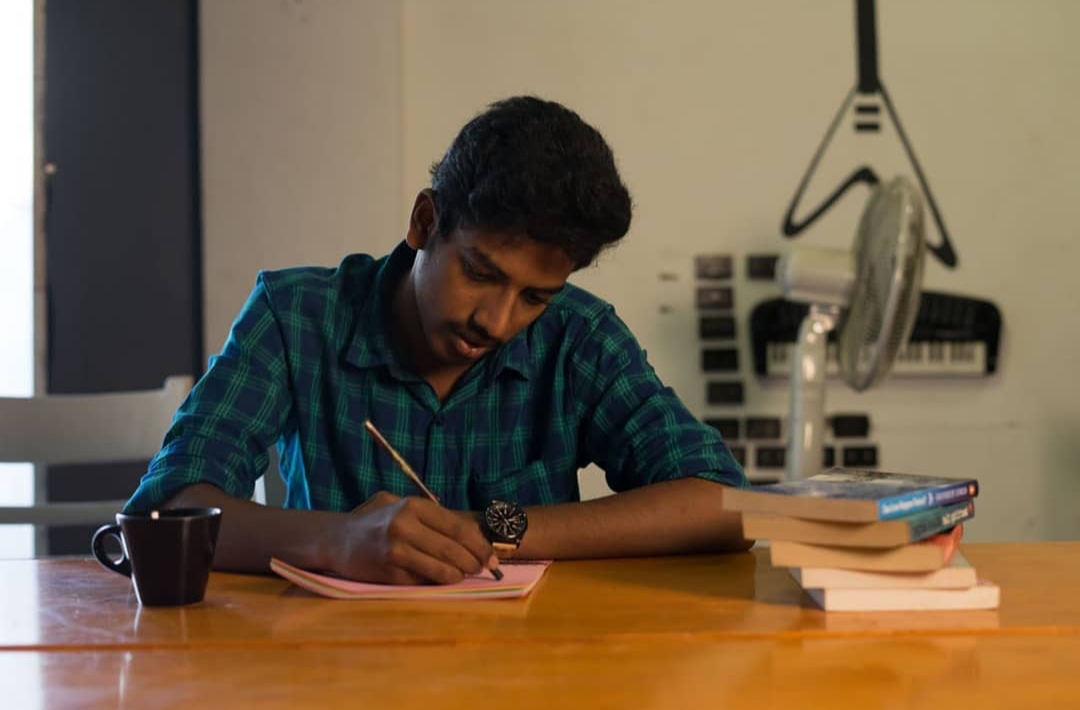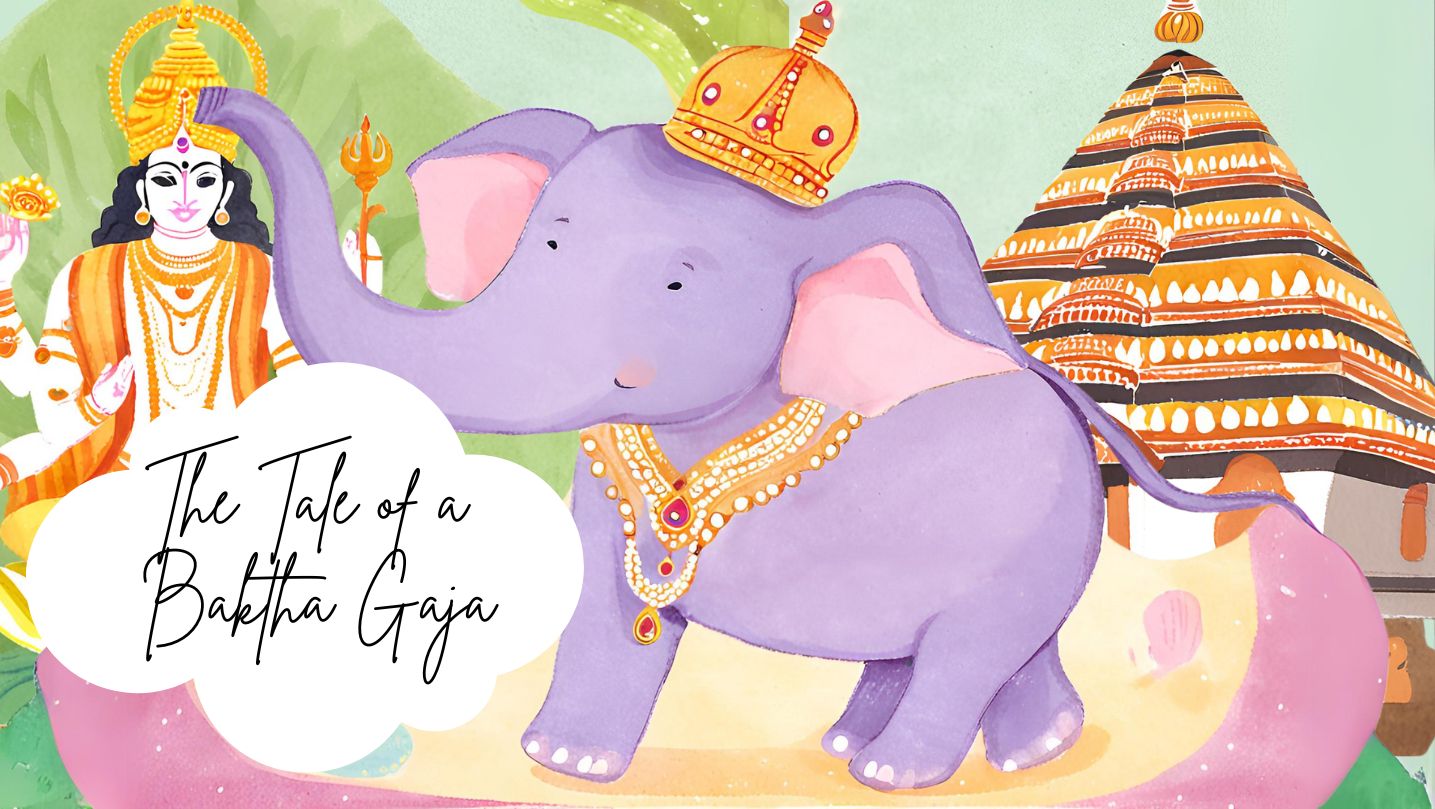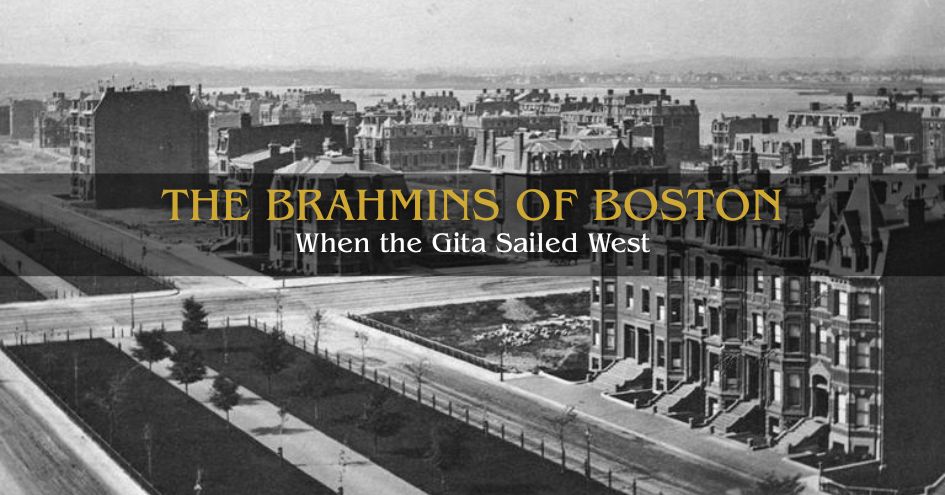
In the corridors of 17th-century India, a land pulsating with diversity, religious harmony faced a grave threat. Emperor Aurangzeb, ascending to power, unleashed a wave of religious persecution that marred coexistence. Forced conversions and brutal suppression cast a shadow over the mosaic of beliefs. It was in this tumultuous era that Guru Tegh Bahadur, the ninth Sikh Guru, emerged as a beacon of hope, defending the essence of religious freedom in the face of tyranny.
The Prelude: A Land in Turmoil
As Aurangzeb's iron grip tightened, millions found themselves bereft of the basic right to practice their faith. The peaceful people of Kashmir, particularly the revered Hindu pundits, faced an ultimatum: embrace Islam or meet a cruel demise. The air was thick with fear, demoralization, and panic. In this cauldron of intolerance, Guru Tegh Bahadur's journey unfolds as a saga of resistance against religious oppression.
The Call for Help: Kashmiri Pandits and the Guru's Dilemma
In the quaint town of Chak Nanki, Kahlur, now Anandpur Sahib, a delegation led by Pandit Kirpa Ram approached Guru Tegh Bahadur, seeking sanctuary for their faith. The Kashmiri Pandits, friends of the Sikhs since the time of Guru Nanak, were desperate. "Convert or die," declared Aurangzeb, leaving them without an army to protect their sacred beliefs. Guru Tegh Bahadur, known for his wisdom, faced a profound dilemma that would redefine the moral compass of Sikhism.
A Father's Resolve: The Conversation with Gobind Rai
As the weight of the Pandits' plea settled upon Guru Tegh Bahadur, his young son, Gobind Rai, observed the sadness in the sangat. Sensing his father's contemplation, the nine-year-old questioned the turmoil within. Guru Tegh Bahadur, with a heavy heart, shared the predicament. The Emperor's ultimatum hung in the air, and a sacrifice was needed to halt the impending butchery. Gobind Rai, in a moment of clarity, suggested his father as the embodiment of spiritual awareness and sacrifice.
The Journey to Delhi: A Stand Against the Emperor
Emperor Aurangzeb, eager to witness a miracle, summoned Guru Tegh Bahadur to Delhi. The Guru, however, declared his devotion to God and the insignificance of his temporal titles. The Emperor, underestimating the Guru's resolve, ordered his execution, believing it would remove a stumbling block to the spread of Islam in India. The stage was set for an unparalleled sacrifice in the heart of Chandni Chowk, Delhi.

The Martyrdom: Chandni Chowk's Day of Sorrow
In the scorching summer of 1675, Guru Tegh Bahadur, along with his companions, faced torture and brutality. Chained and imprisoned, the Guru endured unimaginable pain. Bhai Mati Das sawn alive, Bhai Dyal Das boiled, and Bhai Sati Das roasted – each martyrdom a testament to the Guru's unwavering stance. Finally, on November 24, 1675, in broad daylight, Guru Tegh Bahadur's head rolled in Chandni Chowk, marking a day of sorrow but also igniting a flame of resistance.
Legacy: "Hind-di-Chadar" and Beyond
Guru Tegh Bahadur's sacrifice echoed beyond his time, earning him the endearing title "Hind-di-Chadar" or the Shield of India. His martyrdom shattered the silence of the Hindus, inspiring them to stand against religious intolerance with fortitude. The Guru's legacy transcends Sikhism, becoming a timeless reminder that the fight for religious freedom is a collective responsibility, worth the highest sacrifice.
Guru Tegh Bahadur's unwavering stand against intolerance remains a poignant chapter in our ithihas, reminding us that even in the darkest times, the flame of freedom can be kept alive by the indomitable spirit of those who refuse to bow to oppression.
 Vigneshwaran, Senior Correspondent of TheVerandahClub.com is both a skilled digital content writer and marketer by profession, as well as an avid independent writer driven by his passion. His literary talents extend to crafting beautiful poems and captivating short stories. In addition to these creative pursuits, he has also authored a book titled "Halahala," which can be found on Wattpad.
Vigneshwaran, Senior Correspondent of TheVerandahClub.com is both a skilled digital content writer and marketer by profession, as well as an avid independent writer driven by his passion. His literary talents extend to crafting beautiful poems and captivating short stories. In addition to these creative pursuits, he has also authored a book titled "Halahala," which can be found on Wattpad.
NEXT ARTICLE

In the lush, green heart of Kerala lived an elephant who became a living legend - a tale of an elephant turned into a bakth. His name was Keshavan, bu...

Bharat has exploded onto the world scene and made global news with its hard-hitting “Operation Sindoor” that struck at the heart of terrorism and laun...

In the bustling age of global trade, Boston—a thriving port city on America’s eastern coast—stood tall as a beacon of commerce. In the early 18th cent...